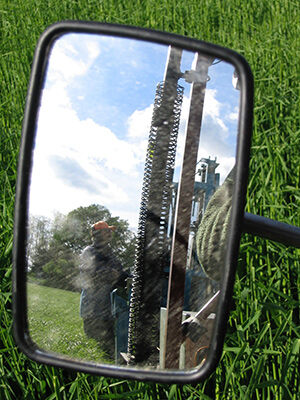

The shear-wave (S-wave) velocity of near-surface ma-terials (soil, rocks, pavement) and its effect on seismic-wave propagation are of fundamental interest in many groundwater, engineering, and environmental studies. Poisson's ratio increases with depth, increasing water saturation and decreasing porosity for the whole column of the soils and sediments investigated. Wide variations in σ were caused due to the discrepancy in lithology from one layer to another, the clay content, the air and water saturations and the high degree of heterogeneity. In situ seismic refraction measurements were used for this purpose. 's_Ratio_and_the_Porosity_of_Surface_Soils_and_Shallow_Sediments_Determined_from_Seismic_Compressional_and_Shear_Wave_VelocitiesĪBSTRACT: The Poisson's ratio (σ) and the porosity (φ) of surface soils and shallow sediments of glacial origin were determined from compressional and horizontal shear waves. (Published by Institute of Civil Engineers – ICE, UK). Poisson’s ratio and the porosity of surface soils and shallow sediments, determined from seismic compressional and shear wave velocities. This study suggests that Poisson’s ratio can be determined using velocities from different analysis methods on the same data set with good results.įOR CITATION: Salem, H.S. The Poisson’s Ratio for the glacial drift calculated using the Vp and Vs at common locations in this study is 0.470-0.473, which is consistent with published results elsewhere. The P-wave refraction results suggest the depth to bedrock ranges from 118-122 feet (36-37 m) with average Vp of ~5,500 ft/sec (1,676 m/s) for glacial drift and ~17,000 ft/sec (5182 m/s) for limestone bedrock. The MASW results suggest that the depth to bedrock at the survey location ranges from 115-120 feet (~35 m) with Vs of 1,200-2,000 ft/sec (366-610 m/s) for glacial drift and 2,400-2,700 ft/sec (730-823 m/s) for bedrock.
Geoexpert ch software#
The same data volume was processed both for Vs using SurfSeis3 MASW (Multichannel Analysis of Surface Wave) software and for Vp using IXRefrax3 refraction software. Four weight drop records at each source point were summed to enhance the S/N ratio. Each channel recorded a a single vertical 4.5 Hz geophone at a station spacing of 10 feet.

Of 48 channels using a pair of 24-channel Geode seismographs. The near-surface seismic data were acquired using a Bison EWG (Elastic Wave Generator) assisted weight drop source that shot every station through a stationary spread Water wells in the broader area indicate bedrock depth varying from 110 to 122 feet, but locally as much as 140 feet. The driller’s log for a water well near the east end of this near-surface survey indicates glacial drift (unconsolidated clay and sand) overlies limestone bedrock at a depth of 110 feet.

This near-surface study successfully used a common dataset that was separately analyzed for both Vp (seismic refraction) and Vs (MASW) to calculate the Poisson’s Ratio of the glacial drift and underlying bedrock. As a part of that effort, a separate near-surface seismic dataset was collected to examine the Vp, Vs, and Poisson’s Ratio of the glacial drift and upper bedrock. In July 2013 an industry-scale seismic reflection survey was conducted at a site in northern Jay County, Indiana, by geophysics students and faculty of Wright State University.


 0 kommentar(er)
0 kommentar(er)
